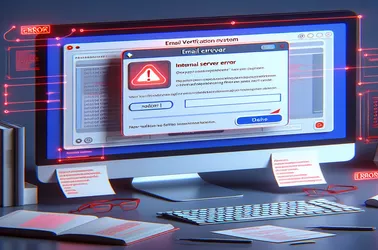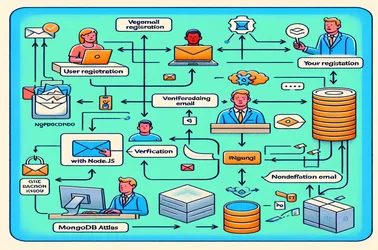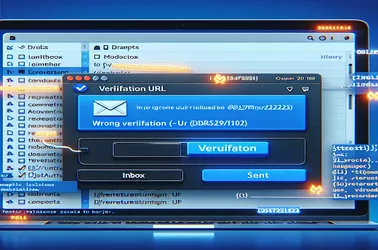In Laravel 10, user authentication—including verification processes—is made simpler by Laravel Breeze. It can be difficult to modify these procedures, especially if you want to personalize notification messages.
A strong verification system must be put in place for online platforms to be both secure and user-friendly. By leveraging Node.js, Express, and MongoDB, developers may design a productive procedure for sending verification links to new users. This technique makes sure that only authorized users are able to carry out specific tasks and aids in preventing unwanted access.
Adding single-use verification codes for password resets to Azure AD B2C custom policies is a challenge in terms of technology as well as security. To prevent unwanted access, this procedure entails creating a special code, providing it to the user, and making sure it can only be used once. Notwithstanding their complexity, user account security can be effectively achieved through the use of backend technologies such as Node.js and Express, together with database management for the code lifecycle.
There are special difficulties in implementing a safe and effective email verification procedure in Node.js applications that use MongoDB Atlas, such as bcrypt password comparison and user document management. This investigation includes creating verification codes, emailing them, and managing user feedback.
Incorporating a verification and notification system into a full-stack application improves user interaction and security. Sending verification links and notifications is made possible using a stable platform that uses React for the frontend and Node.js for the backend. This configuration calls for securely processing user inputs, updating databases for verification statuses, and making sure emails get to the right people without getting tagged as spam.
A new feature for user authentication is introduced in Laravel 5.7 via verification links provided through messages. You may match the branding of your application and provide a more customized user experience by customizing these notifications.
In online applications, setting Validating email addresses is essential to guaranteeing user data integrity and enhancing user experience. The user is typically required to click a link in order to validate their email address after receiving a verification email at their address. However, there are a number of problems with this approach, such as potential interest loss and delayed user involvement.
For both developers and users, dealing with erroneous verification URLs with dj-rest-auth can be a frustrating problem.
In order to confirm the legitimacy and authenticity of connections, it is becoming more and more usual practice in the digital age to verify email addresses without transmitting them directly.
Verifying a email address is an essential first step toward guaranteeing the efficacy and integrity of electronic correspondence.









